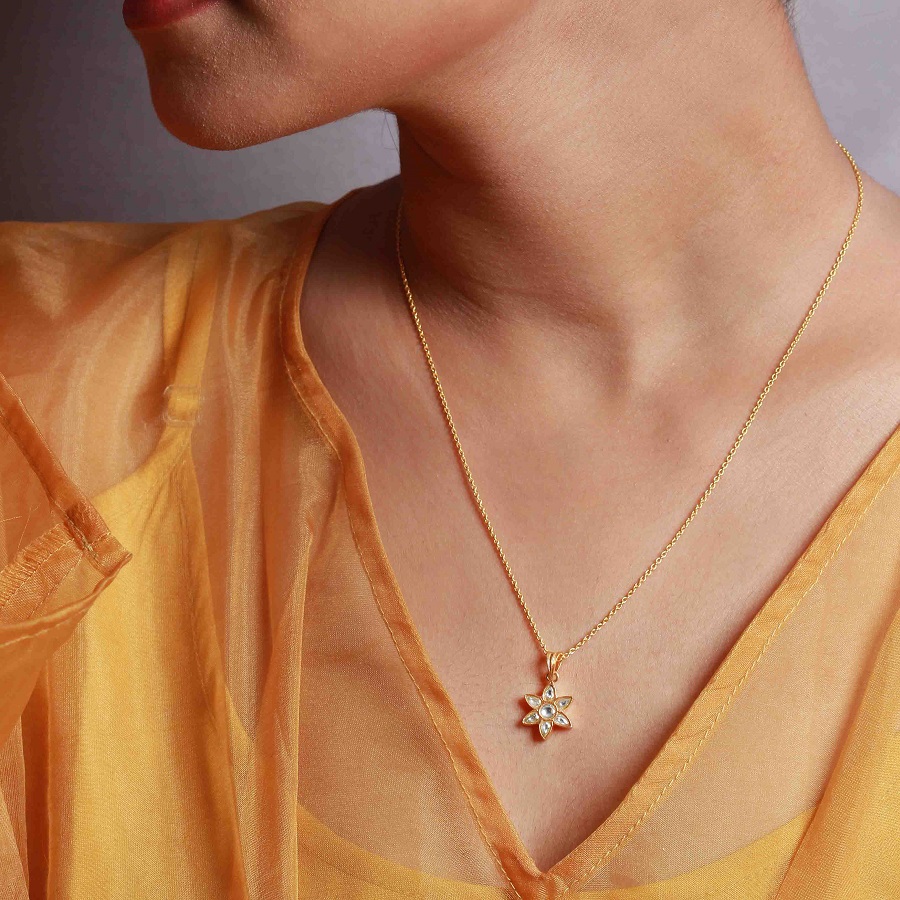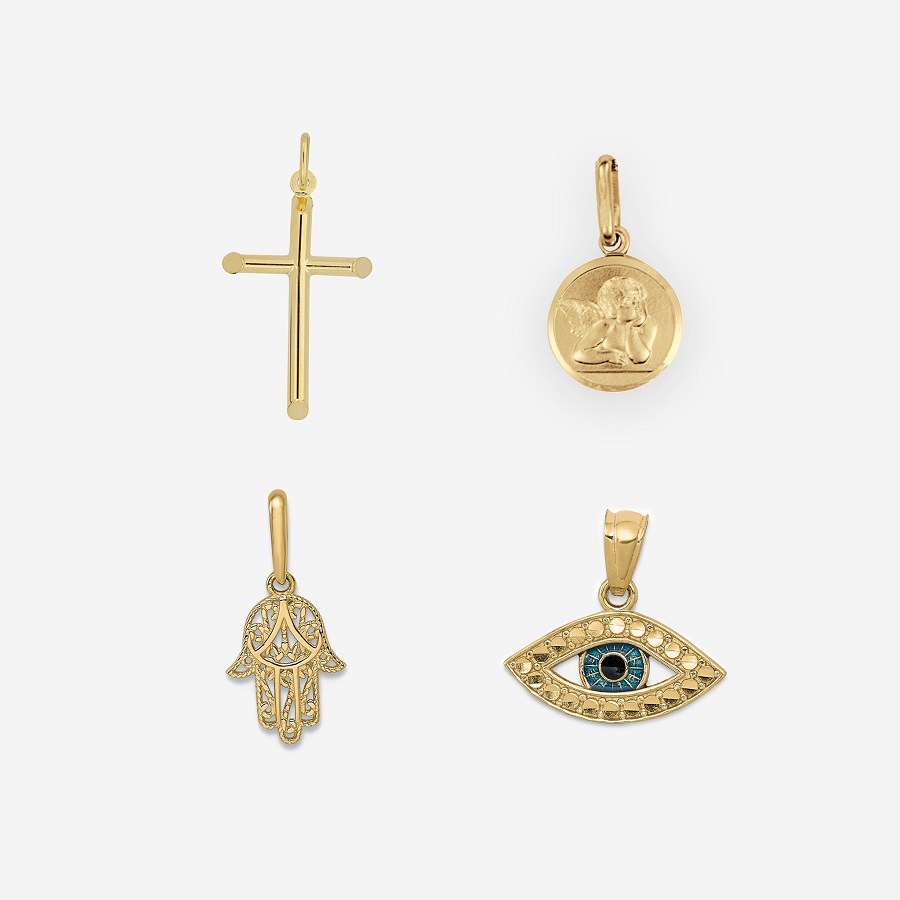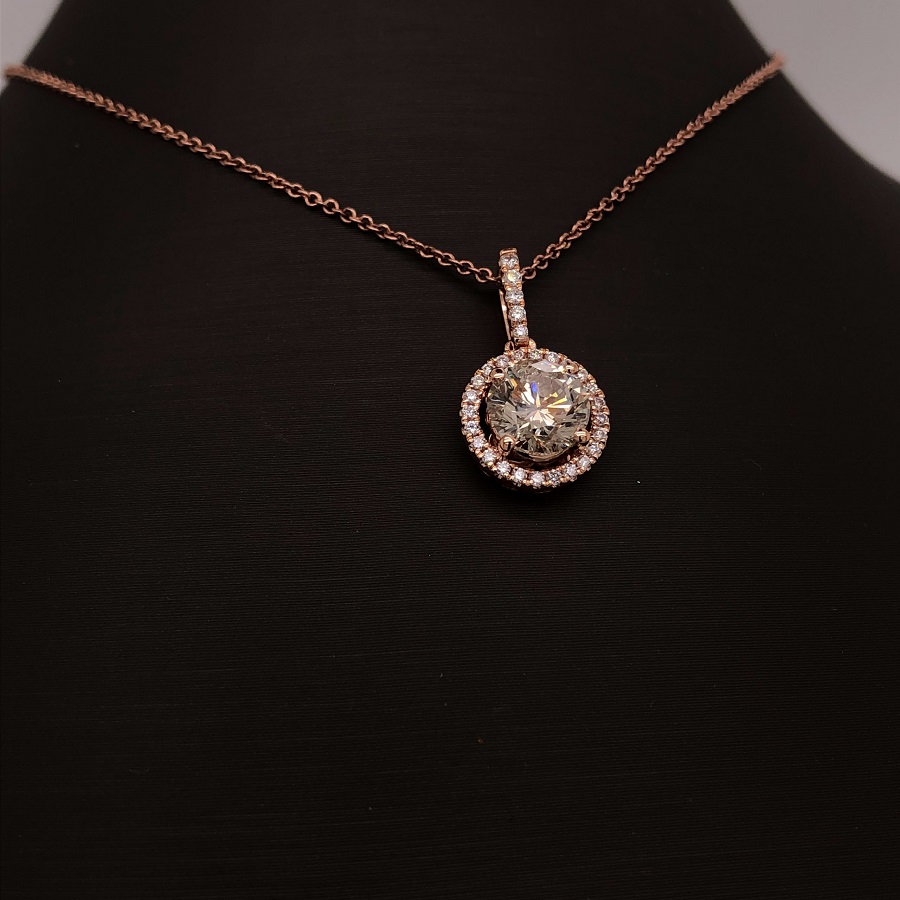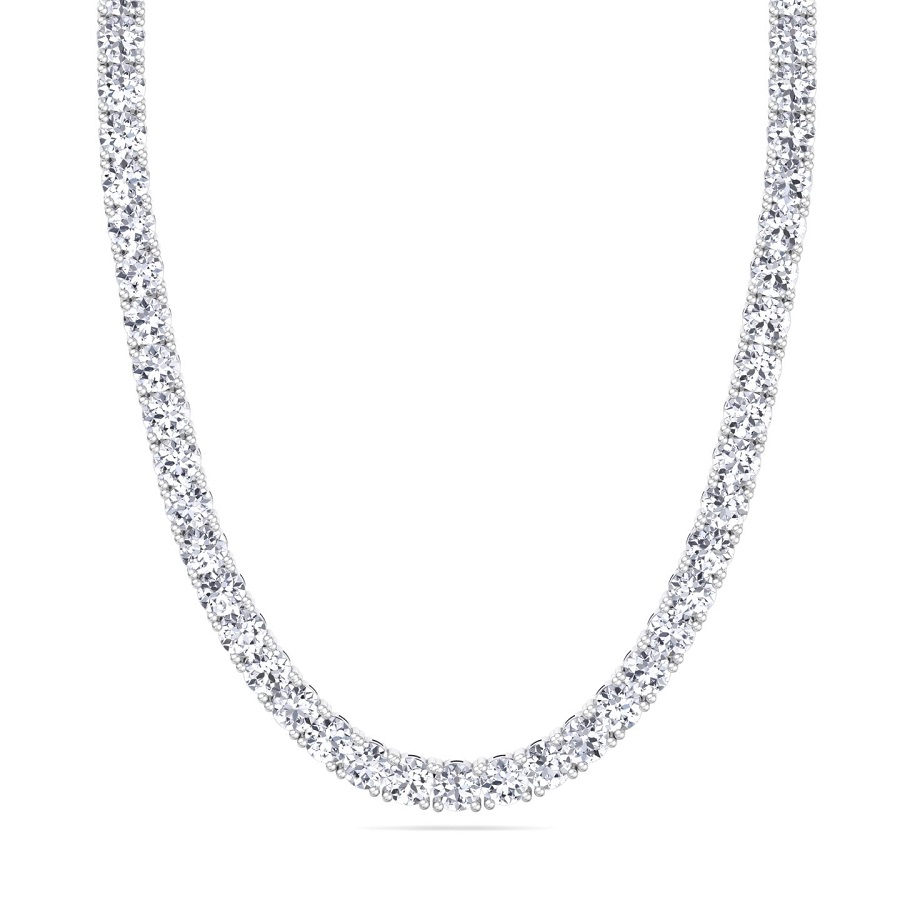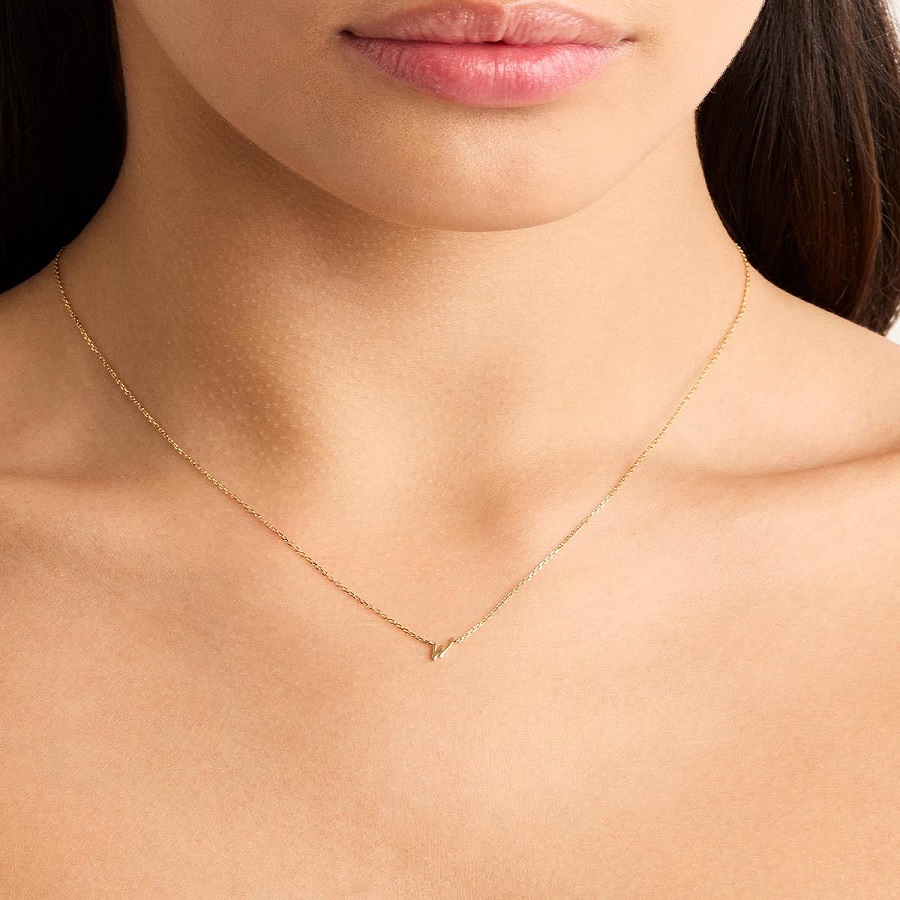Introduction
Pendants have long been a prominent aspect of jewelry design, serving both decorative and symbolic purposes throughout history. Their significance, style, and functionality have evolved, reflecting the diverse cultures and traditions that shaped human societies. This exploration will journey through time and geography, tracing the development of pendants and their multifaceted meanings across different eras and cultures.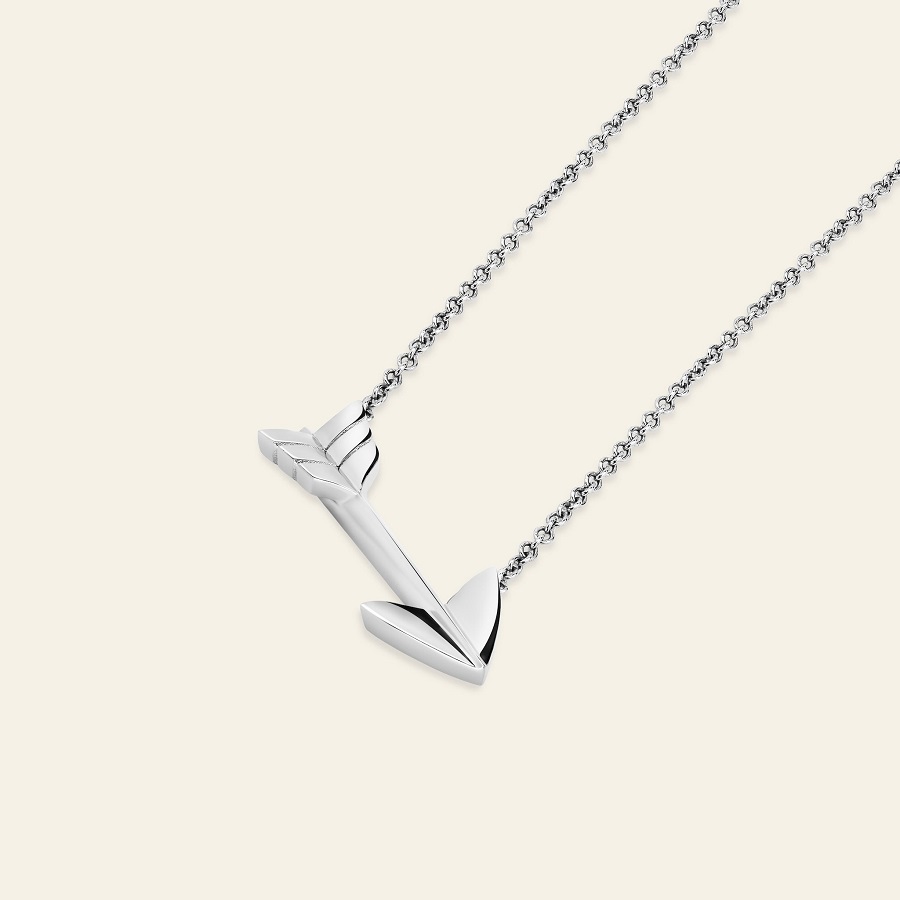
A Brief History of Pendant Jewelry
Pendants have adorned the necks, wrists, and ears of humans for thousands of years. Their origins can be traced back to ancient civilizations, where small objects, stones, and symbols were crafted into pendants, often holding significant cultural or spiritual meanings. The ancient Egyptians, Greeks, and Romans used pendants as talismans, representing protection, power, and identity.
During the Middle Ages, pendants evolved into more ornate pieces that showcased intricate designs, detailed craftsmanship, and valuable materials. The Renaissance period further refined pendant design, leading to elaborate pieces set with gemstones that celebrated both artistry and wealth.
As styles and materials diversified over the years, pendants have continued to evolve, embracing modern techniques while retaining their historic elegance. Today, pendant jewelry is available in an array of styles, making it accessible and versatile for every occasion.
Different Types of Pendant Jewelry
- Necklaces:
- Solitaire Pendants: A single gemstone or piece suspended from a chain, solitaire pendants exemplify simplicity and sophistication.
- Locket Pendants: These heart-shaped or oval-shaped pendants open to reveal compartments for photographs or small mementos, combining sentimentality with elegance.
- Charm Pendants: Often personalized, charm pendants are playful accessories that can represent hobbies, interests, or cherished memories.
- Birthstone Pendants: Featuring the wearer’s birthstone, these pendants combine personal significance with beauty.
- Bracelets:
- Charm Bracelets: Similar to charm necklaces, these bracelets allow for customization with various pendants that represent experiences or interests.
- Connector Pendants: Used on bangles or chains, these feature a central pendant that connects two ends, creating a stunning focal point on the wrist.
- Earrings:
- Drop Pendants: These earrings feature a suspended pendant that gracefully hangs, offering movement and allure.
- Studs with Pendants: A contemporary twist, these earrings combine classic studs with dangling elements for added elegance.
- Brooches:
- While not worn in the traditional pendant style, brooches can be attached to clothing or bags and often feature stunning pendant designs that add a touch of glamour.
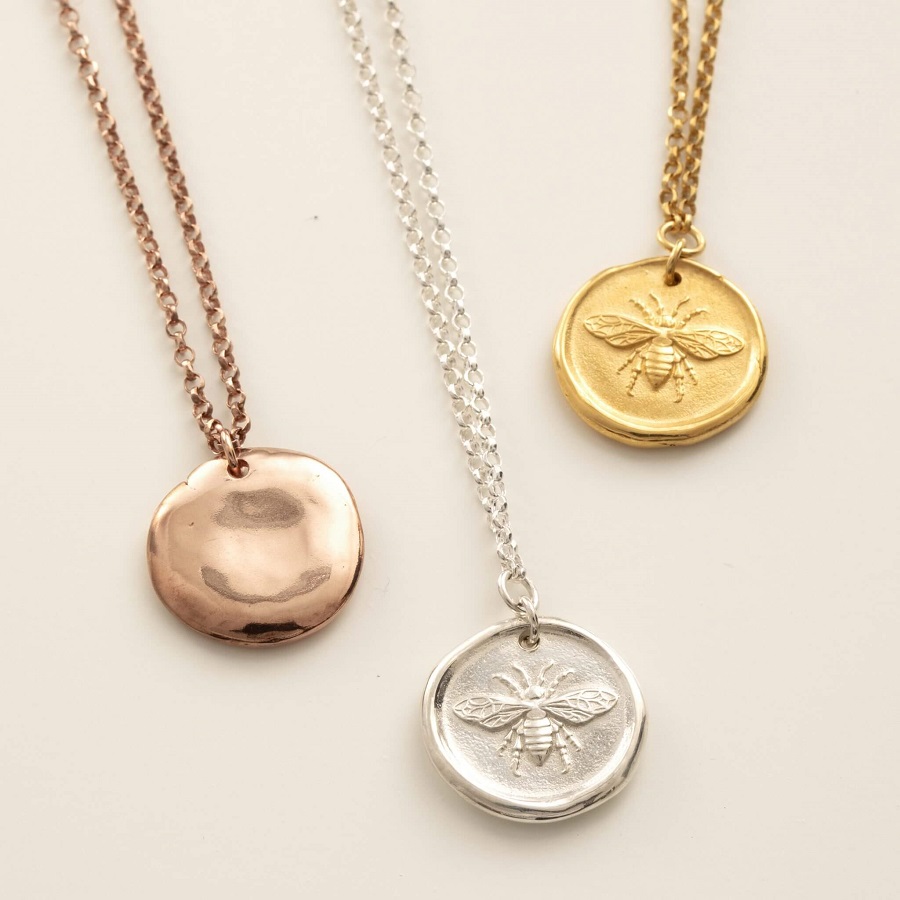
The Emotional and Symbolic Significance
Pendants often carry deeper meanings. From religious symbols like crosses and saints to personal tokens such as initials or locks of hair, these pieces of jewelry represent various aspects of life, spirituality, and identity.
For many, a pendant can symbolize milestones—birthstones for birthdays, lockets filled with photos of loved ones, or charms that mark significant events such as a graduation or wedding. In this sense, pendant jewelry becomes more than just an accessory; it transforms into a representation of one’s journey.
Styling Pendant Jewelry
One of the reasons pendant jewelry remains in vogue is its versatility. Here are some styling tips to make the most of your pendant pieces:
1. Layering
Layering different lengths and styles of necklaces can create a bohemian and chic look. Combine simple chains with more elaborate pendants to add depth and texture to your outfit.
2. Minimalism
For a modern approach, opt for minimalist pendants in geometric shapes or delicate materials. They can effortlessly elevate a casual outfit for a chic daytime look.
3. Statement Pieces
Choose bold, oversized pendants when wearing simple or monochromatic outfits. These statement pieces will catch the eye and serve as the focal point of your attire.
4. Occasion
Consider the occasion when selecting a pendant. A classic diamond or pearl pendant is perfect for formal events, while colorful gemstone or charm pendants can add a playful touch to casual outings.
5. Matching with Outfits
Coordinate the metal of your pendant (gold, silver, rose gold) with other accessories, such as watches or rings, for a cohesive appearance. Additionally, consider the colors and patterns of your clothing to choose pendants that complement your overall look.
Caring for Pendant Jewelry
To maintain the timeless elegance of your pendant jewelry, proper care is essential. Here are some tips to ensure your pieces remain in excellent condition:
1. Regular Cleaning
Dust and dirt can accumulate on your jewelry, dulling its shine. Clean pendants regularly using a soft cloth. For metal pieces, a gentle soap and water solution can help, but be cautious with porous stones or delicate materials.
2. Safe Storage
Store pendants safely to prevent scratches or tangles. Use a jewelry box, organizer, or pouches separating different pieces.
3. Avoid Harsh Chemicals
Keep pendant jewelry away from harsh chemicals such as bleach, chlorine, or perfumes, as they can damage metals and stones.
4. Inspection
Regularly inspect the clasps and settings of your pendants to ensure no stones are loose and everything is secure. A quick professional checkup can be beneficial for valuable items.
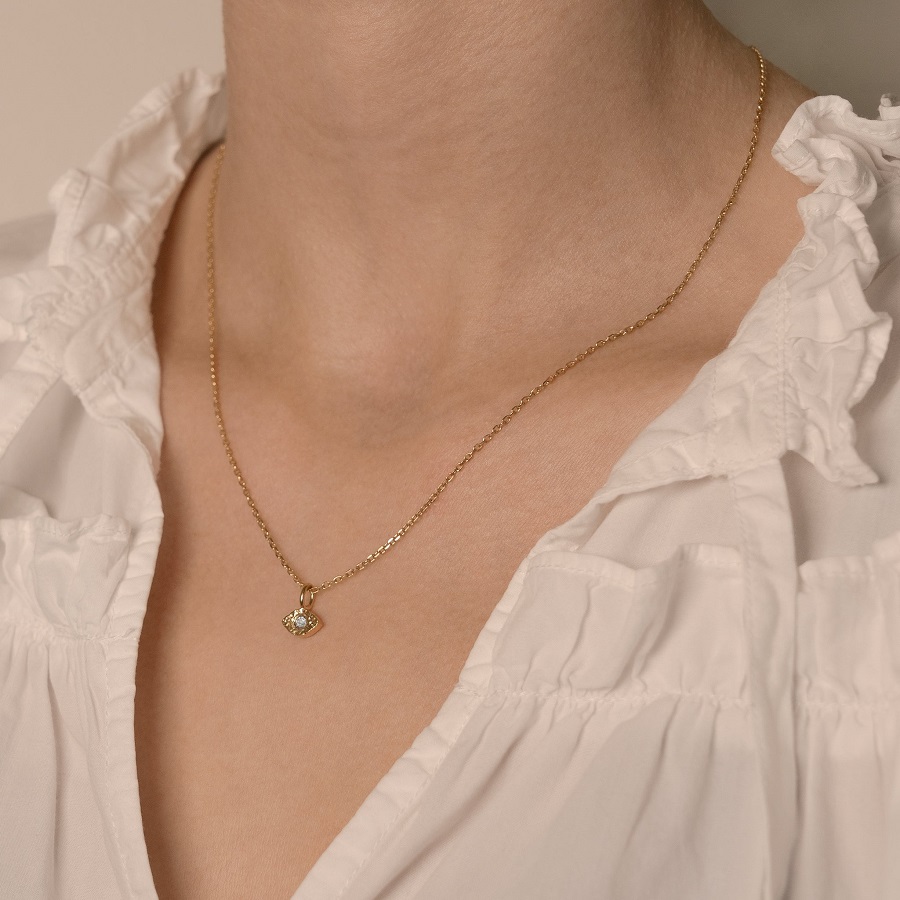
The Origins of Pendants: Archaeological Insights
The origin of pendants can be traced back to ancient civilizations, where they served as talismans, protection amulets, or markers of status. Archaeological finds in Egypt suggest that as early as 3000 BCE, artisans crafted pendants using gold, lapis lazuli, and other precious materials. Egyptian pendants often featured symbols like the ankh, scarab, or the Eye of Horus, representing life, transformation, and protection.
The Classical Era: Greek and Roman Perspectives
As we move into the classical era, Greek and Roman cultures further advanced the art of pendant making. Greek craftsmanship introduced the technique of fusing gold and gemstones into intricate designs. Pendants were often adorned with motifs representative of mythology and nature. They served not just decorative purposes but acted as academic tools; for instance, pendants depicting philosophers or mythological stories functioned as conversation starters and social status symbols.
The Romans capitalized on this trend, incorporating pendants into their extensive jewelry collections. They frequently used cameos—carved representations of people or scenes—attached to gold or silver chains. These pieces not only reflected artistry but indicated wealth and taste.
The Medieval Period: Religious Symbols and Societal Changes
The Medieval period brought a shift in the cultural significance of pendants, especially in Europe. Jewelry became intricately linked with religion. Pendants in the shape of crosses, saints, and other religious symbols became widespread among Christians. During this time, piety was both a personal attribute and a display of social morality; thus, wearing religious pendants signified one’s faith and rank within the community.
Additionally, various cultures around the world saw the rise of pendants made from natural materials such as bone, wood, and shells. Indigenous societies created pendants to signify tribal affiliations or important life events, embedding them with spiritual meaning.
The Renaissance: Artistic Expression and Symbolism
The Renaissance marked a resurgence in the arts, and pendant design flourished as part of this cultural rebirth. Jewelers began to explore intricate detailing, often inspired by nature and human emotion. The use of enamel and gemstones became prevalent, enhancing the aesthetic appeal of pendant. Notably, the medallion pendant emerged during this era, often featuring portraits or engraved designs that celebrated the achievements of individuals.
At this time, pendant were also imbued with societal significance; they could convey messages about wealth, political power, and individual identity. They were often given as tokens, symbolizing affection and commitment, a practice that laid the groundwork for modern-day pendants as gifts.
The Industrial Revolution: Mass Production and Accessibility
The Industrial Revolution brought about significant changes to jewelry making. With advancements in technology, the mass production of pendants became possible, leading to greater accessibility. While many people had traditionally worn handmade pieces, the rise of machine-made jewelry allowed for a more extensive array of designs to enter the market.
During this period, pendants began to reflect contemporary trends, moving away from solely symbolic motifs to include elaborate designs that appealed to the masses. Art Nouveau and Art Deco movements influenced pendant designs in the late 19th and early 20th centuries, merging nature-inspired art with geometric shapes and modern embellishments.
20th Century to Present: Diverse Styles and Global Influence
The 20th century saw the globalization of style and culture, leading to an eclectic mix of pendant designs. From beaded pendant inspired by Indigenous cultures of North America to the minimalist aesthetic of Scandinavian design, the pendant of the modern era reflect a rich tapestry of influences.
In contemporary fashion, pendant have taken on new meanings. They often resonate with personal significance, marking milestones like anniversaries, births, or losses. Charm necklaces and personalized pendant allow individuals to express their unique narratives. Fashion designers have also embraced pendants as key accessories, creating statement pieces that challenge traditional ideas of jewelry.
The Cultural Significance of Pendant Today
Today, pendant continue to hold profound cultural significance worldwide. In many cultures, they symbolize identity, faith, love, or remembrance. For example, in certain African cultures, pendant serve as markers of social status, tribe affiliation, or lineage. In contrast, pendant in Western cultures may represent personal beliefs, memories, or fashion statements.
Moreover, the rise of sustainable and ethically sourced jewelry has led to a revival of interest in handcrafted pendant. Artisans and jewelers often emphasize the cultural stories behind their designs, offering consumers pieces that have personal and historical significance.
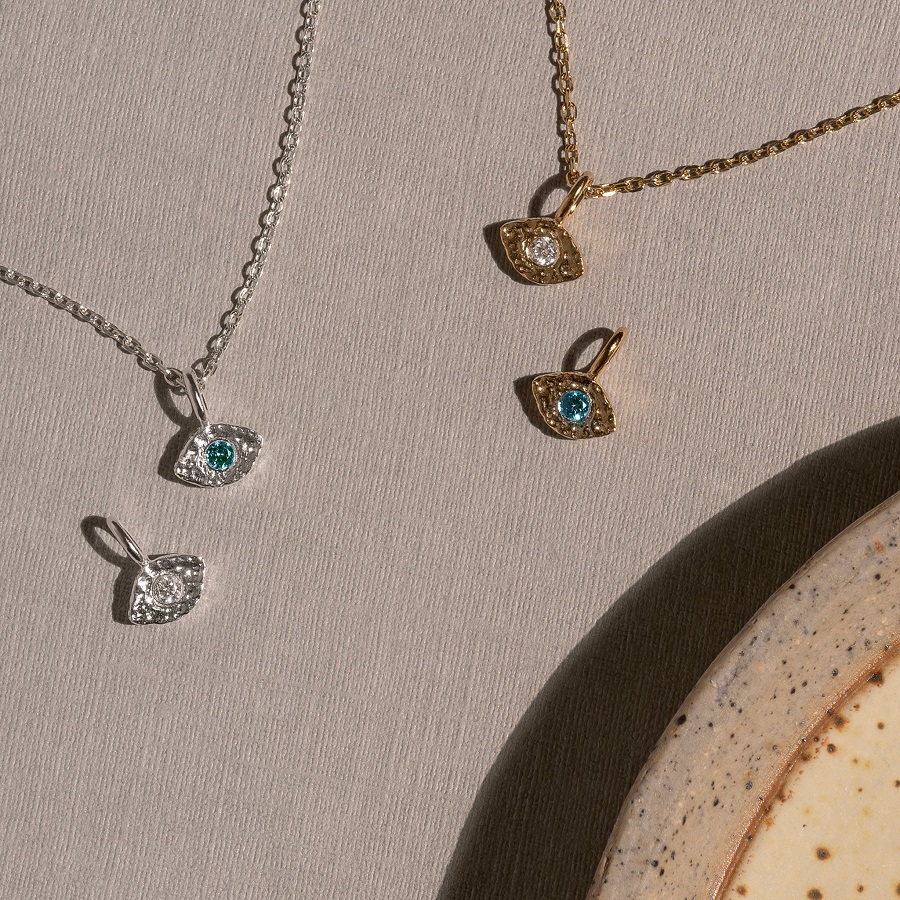
Conclusion: A Lasting Legacy
Pendant are more than mere adornments; they embody historical contexts, cultural narratives, and personal stories that span across generations. From the ancient civilizations that revered their protective symbols to modern individuals who wear personalized pieces as extensions of their identity, pendant continue to connect us to our past and ourselves. As we explore the significance and styles of pendant through the ages, we uncover a rich heritage that reminds us of our shared humanity and the stories that bind us together.
